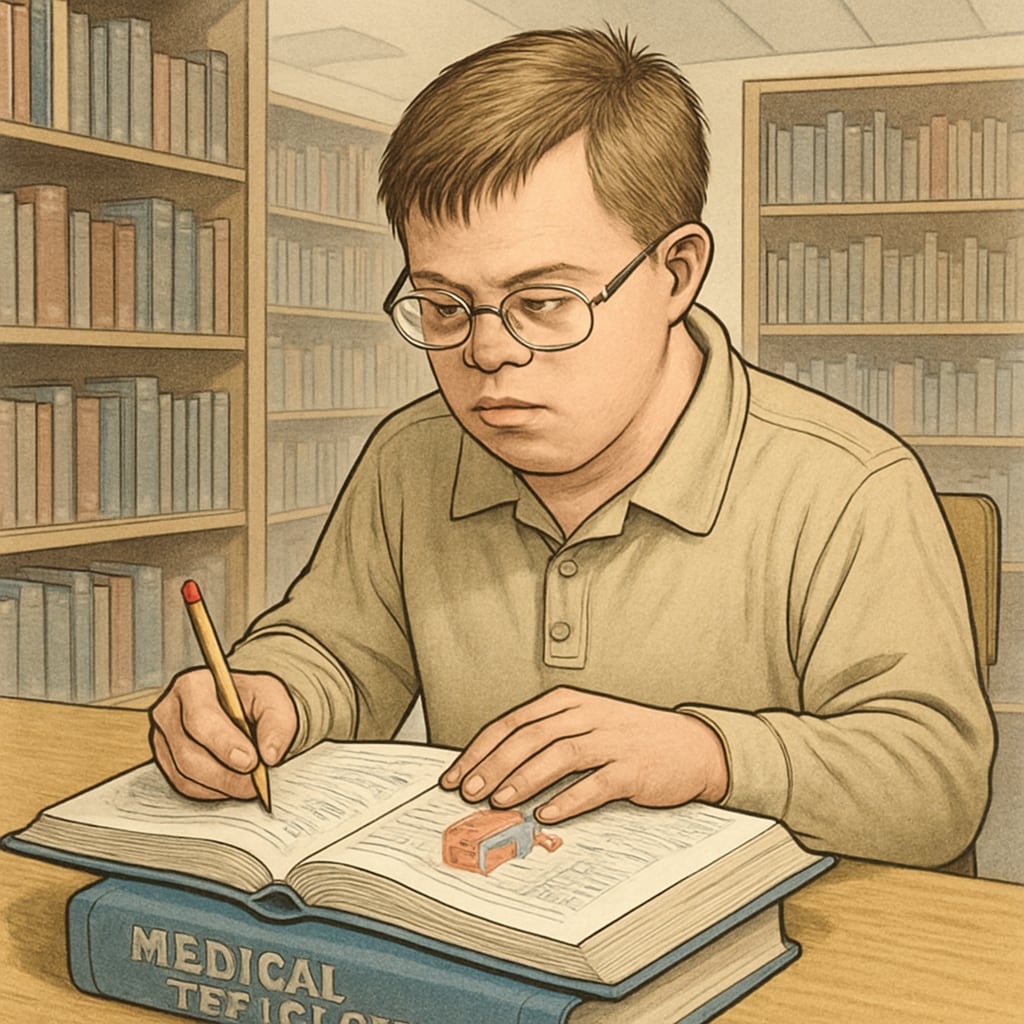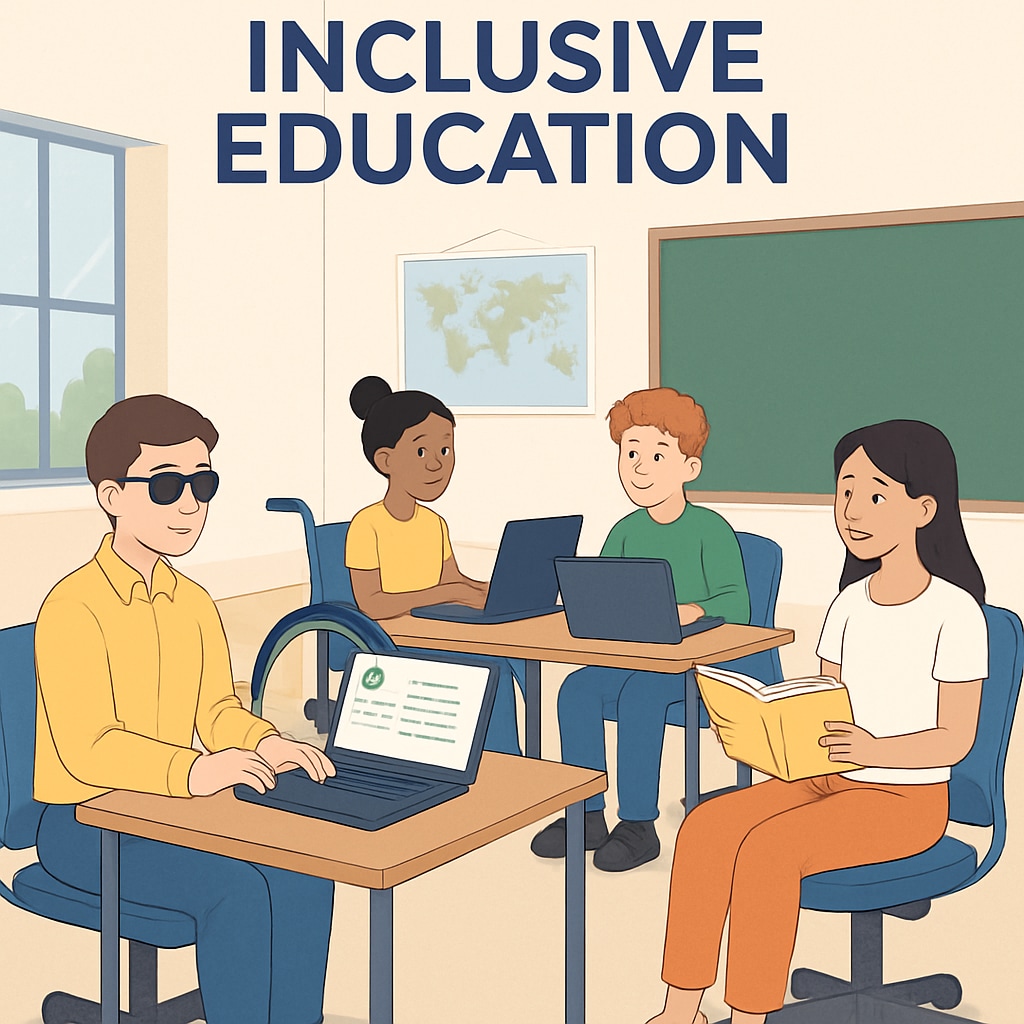For many special needs students, the journey toward achieving their medical dreams is fraught with challenges. From systemic educational inequality to learning barriers, these aspiring doctors often face obstacles that others may never encounter. Yet, their determination to overcome these struggles highlights a critical need for reform in how we approach inclusive education and support individual potential.
Understanding the Challenges
Special needs students, such as those with ADHD, dyslexia, or physical disabilities, often contend with a one-size-fits-all education system that fails to accommodate their unique needs. Traditional medical education, with its rigorous curriculum, time constraints, and high-pressure environment, can exacerbate these challenges. As a result, many talented students are left behind, not because of a lack of potential but due to systemic limitations.
For example, the lack of accessible learning materials, insufficient teacher training in special needs education, and stigmas surrounding disabilities can all contribute to the struggles these students face. According to Britannica, learning disorders often remain misunderstood, leading to gaps in support systems that could otherwise help students thrive.

Bridging the Gap with Personalized Learning
One of the most effective ways to address these issues is through personalized learning strategies. Tailoring education to meet the specific needs of special needs students can pave the way for a more supportive learning environment. For instance:
- Providing digital tools like text-to-speech software or customized study guides can help students with dyslexia.
- Flexible schedules and adaptive testing formats can reduce stress for students with anxiety or ADHD.
- Offering mentorship programs that pair students with medical professionals who have overcome similar challenges can provide inspiration and guidance.
Such strategies not only empower students academically but also foster emotional resilience, a critical trait for future medical professionals.
Optimizing Educational Resources
In addition to personalized learning, optimizing educational resources is crucial. Schools and universities must invest in accessible infrastructure, specialized training for educators, and robust support networks. For example, incorporating universal design principles in classrooms and laboratories ensures that physical spaces are inclusive for students with mobility issues.
Furthermore, creating partnerships with organizations that specialize in disability advocacy can help institutions better understand and address the needs of their students. As highlighted by Wikipedia, inclusive education benefits not only those with disabilities but also their peers and educators, fostering a culture of empathy and collaboration.

Psychological Empowerment: Building Confidence and Resilience
While structural changes are essential, psychological support is equally important. Many special needs students struggle with self-doubt, particularly in competitive environments like medical school. Providing access to counseling services, peer support groups, and stress management workshops can help these students build confidence and resilience.
For example, programs that celebrate neurodiversity and highlight the achievements of doctors with disabilities can inspire students to view their differences as strengths rather than limitations. Empowering students to advocate for themselves within their institutions is another vital step toward creating an inclusive educational experience.
Conclusion: A Call to Action
The journey of special needs students pursuing medical dreams is a testament to their resilience and determination. However, their success stories should not come despite the system but because of it. Addressing educational inequality, learning barriers, and systemic gaps is not just about fairness—it’s about unlocking the full potential of every aspiring medical professional.
By embracing personalized learning, optimizing resources, and fostering psychological empowerment, we can create a more inclusive path for special needs students. In doing so, we not only transform their lives but also enrich the medical profession with diverse perspectives and talents.
Readability guidance: This article uses short paragraphs, clear transitions, and lists to ensure accessibility. It emphasizes active voice and avoids jargon to maintain readability for a broad audience.


